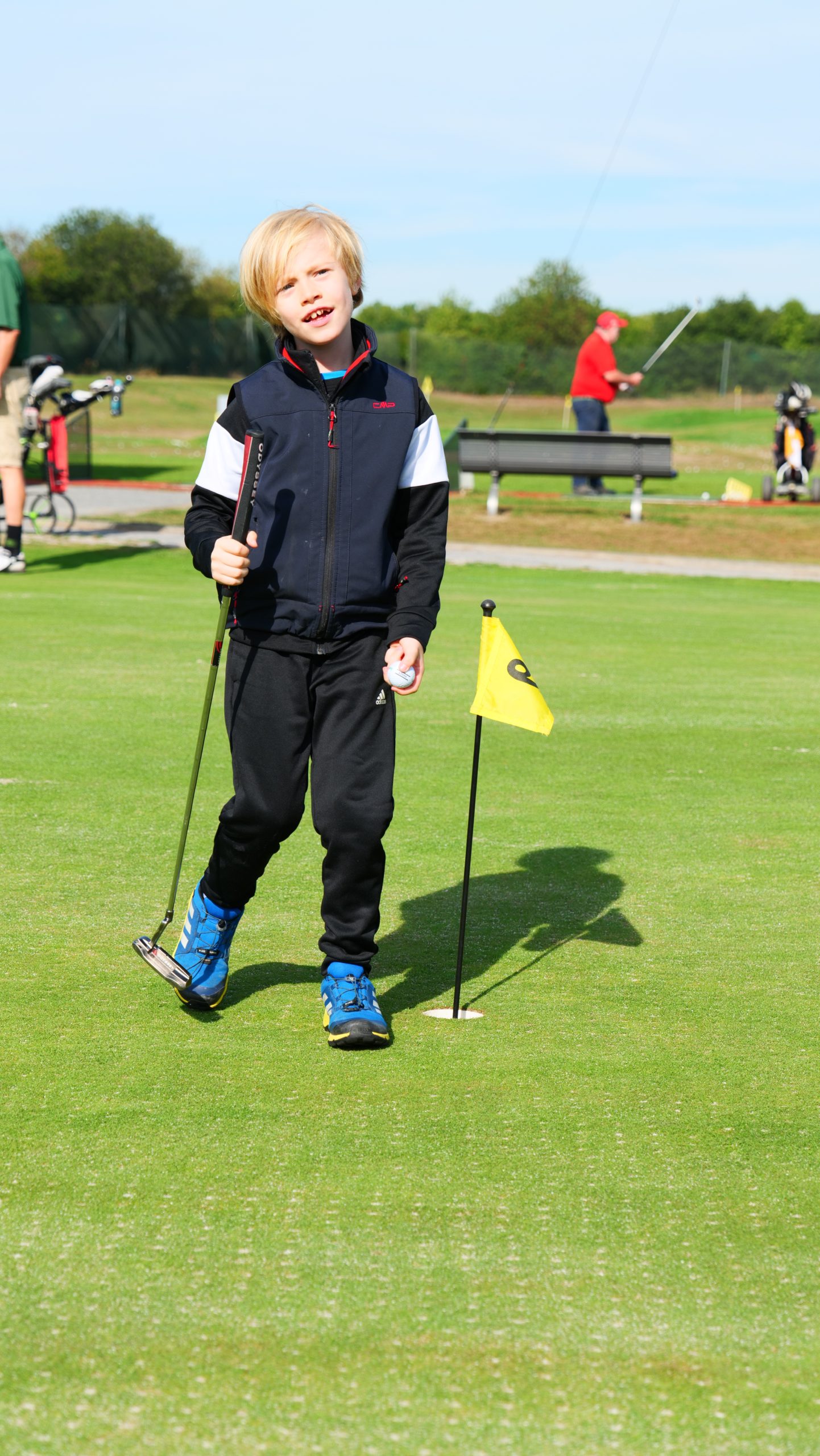For Movement Specialists
Why Sports in Pediatric Oncology?
The course of cancer in childhood and adolescence varies greatly from individual to individual. While some children retain their natural urge to move and the need to let off steam, try things out, and interact with others, other children remain inactive for long periods and withdraw from school, club, and recreational sports due to insecurity, body changes, or other problems.
Positive effects of physical activity on fitness and psychological well-being have already been scientifically proven in adult oncology, and initial findings also suggest positive effects in pediatric cancer patients, which have been summarized in several recent reviews.
Some affected children and adolescents have to deal with changed conditions and permanent physical and/or psychological problems or handicaps. Examples include severe exhaustion, balance problems, visual impairments or even amputations. Other children cannot keep up with healthy peers in terms of motor skills and physiological performance. We have already observed many cases of exclusion that have arisen based on reduced resilience.
The goal of returning to school and/or club sports after a cancer diagnosis should therefore be actively pursued. This is also reflected as a clearly defined right, including in the mandatory physical education curriculum at school.
In the long term, regular exercise can improve fitness, reduce the likelihood of long-term effects, and enable the transition to an active lifestyle.


Neues vom NAOK-Standort Berlin
Silberner Stern des Sports für das Spendenprojekt „Dein Sprung für die Krebsforschung“

Neue Stellenausschreibung Sportwissenschaftler/-in (w/m/d)
am NAOK Standort Aachen

